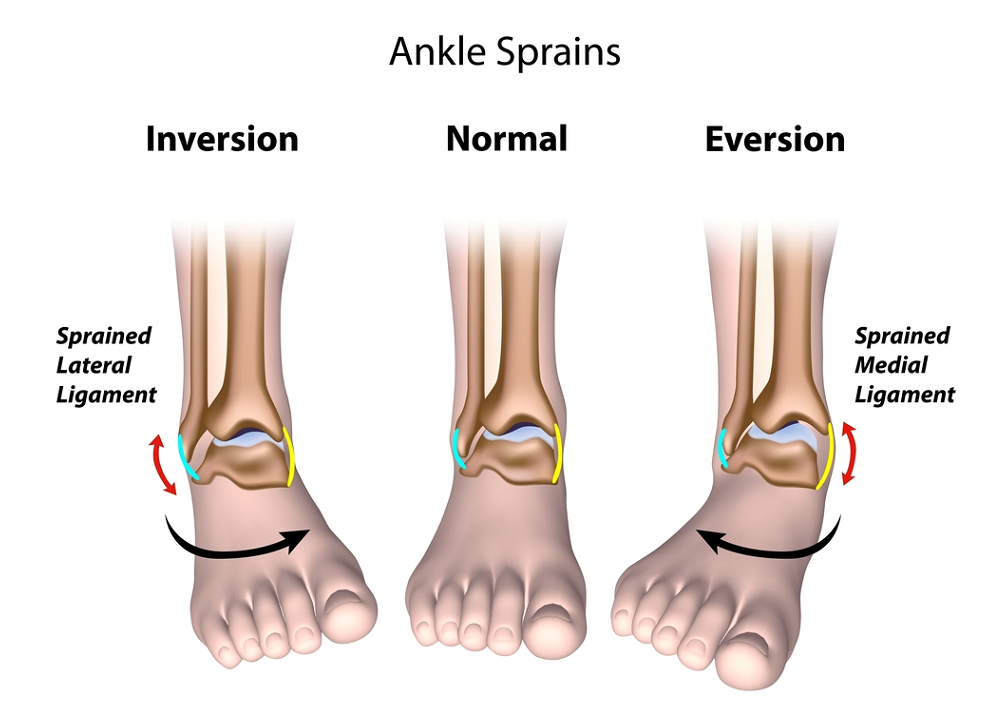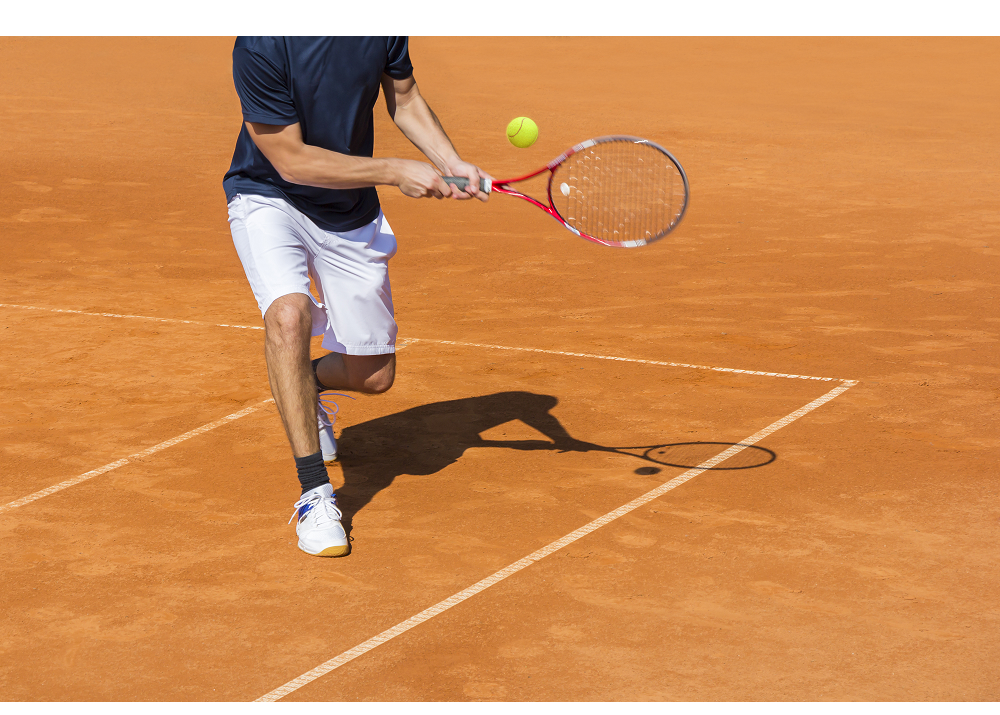Introduction:
The ankles, though often overlooked, serve as the unsung heroes of our mobility, providing a delicate balance between stability and flexibility. In this blog post, we embark on an anatomical exploration of ankle joint eversion and inversion, two movements that play a pivotal role in our daily activities, sports performance, and overall lower limb functionality.
Anatomy of Ankle Joint Eversion:
-
Defining Eversion: Ankle joint eversion is the outward movement of the foot, involving the tilting of the sole away from the midline of the body. This motion occurs primarily at the subtalar joint, where the talus bone articulates with the calcaneus.
-
Muscles Involved: The peroneus longus and peroneus brevis muscles are key contributors to ankle eversion. These muscles, located on the outer side of the lower leg, contract to facilitate the outward tilting of the foot.
-
Functional Aspects: Ankle eversion is crucial for maintaining stability on uneven surfaces. It actively engages during activities like walking on slopes or navigating rocky terrain, providing adaptability and preventing ankle sprains.
Anatomy of Ankle Joint Inversion:
-
Defining Inversion: Ankle joint inversion is the inward movement of the foot, involving the tilting of the sole toward the midline of the body. This motion is also primarily executed at the subtalar joint.
-
Muscles Involved: The tibialis anterior and tibialis posterior muscles play significant roles in ankle inversion. These muscles, located on the front and inner side of the lower leg, contract to facilitate the inward tilting of the foot.
-
Functional Aspects: Ankle inversion is vital for activities that require balance and precision, such as walking on a narrow path or executing dance movements. It contributes to the body's ability to maintain an upright posture and navigate intricate footwork.
Balance Between Eversion and Inversion:
-
Dynamic Interaction: The harmonious interplay between ankle eversion and inversion is essential for overall ankle joint health and functionality. Both movements complement each other, allowing for adaptability in response to varying terrains and activities.
-
Sports Performance: Athletes, especially those in sports requiring quick changes in direction, benefit from a well-balanced ankle joint. The ability to seamlessly transition between eversion and inversion enhances agility, reduces the risk of injuries, and optimizes performance.
-
Injury Prevention: Understanding the anatomical nuances of ankle eversion and inversion is crucial for injury prevention. Balanced strengthening and flexibility exercises can help maintain optimal joint function, reducing the risk of sprains and strains.
Conclusion:
In the intricate dance of ankle joint eversion and inversion, our lower limbs find the equilibrium between stability and mobility. By delving into the anatomical intricacies of these movements, we gain a deeper appreciation for the resilience and adaptability of the ankle joint. Whether navigating challenging terrains or executing precise athletic maneuvers, the nuanced interplay between eversion and inversion underscores the remarkable capabilities of our ankles, shaping our ability to move with grace and stability



